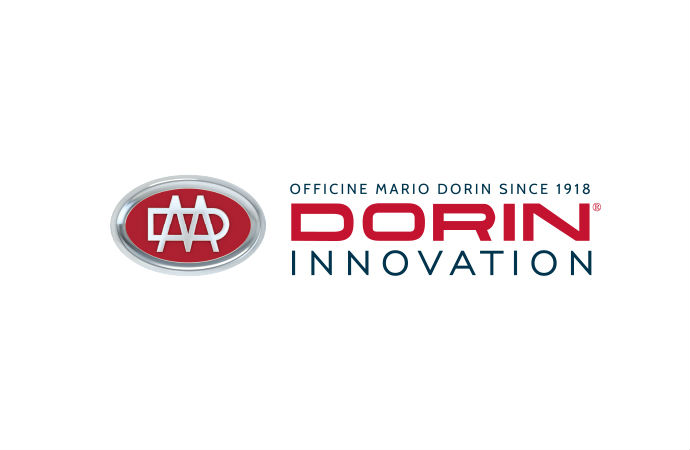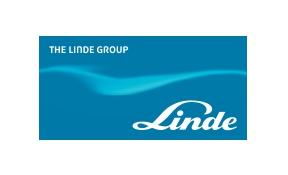In a webinar organised by UNEP OzonAction on June 28, National Ozone Units, industry experts and other key stakeholders discussed latest developments of alternative refrigerants and technologies to HCFCs and the implementation of phase-out management plans in developing countries. Low-GWP alternatives, especially hydrocarbons, are regarded as viable long-term options for eliminating HCFCs in the refrigeration and air conditioner sectors.

On 28 June, the UNEP OzonAction Program organised a webinar called "HPMP Implementation: Update on Technological Developments". The purpose of the webinar is to update National Ozone Units (NOUs), the industry and other key stakeholders about the latest development in the refrigeration /air conditioning sector and foam sector of alternatives and alternative technologies to HCFCs.
In the Webinar, officers from OzonAction and experts from the German International Cooperation Agency (GIZ) and Environmental Investigation Agency (EIA) informed about the implementation of HCFC Phase-out Management Plans (HPMPs) in developing countries and alternative refrigerants and technologies.
Alternatives are available but no clear idea of how to choose
Mr Shaofeng Hu, the regional OzonAction network coordinator introduced the general implementation situation of HPMPs in developing countries. He confirmed that most developing countries are initiating the HPMP implementation. Although alternative technologies in foam, refrigeration and air conditioning sectors are widely available in most of the cases, companies in developing countries still lack a clear idea of how to choose alternatives. Indeed, the choosing and adopting of alternative refrigerants and technologies face a lot of concerns on GWP, flammability, energy efficiency, cost, and so on. In terms of choosing alternative refrigerants, the officer expressed that UNEP took a neutral position and welcomes all low GWP and high efficient alternatives.
Demonstration programs on HC-290 air conditioner are under way
Mr Markus Wypior from GIZ presented a case study on the conversion from HCFC-22 to HC-290 in residential air-conditioners in India and China. According to Mr Wypior, the use of hydrocarbon refrigerants in the refrigerator and freezer production is increasing globally. Even the US has introduced hydrocarbon refrigeration technologies to ice cream freezers and bottle coolers.
In India, GIZ has helped two Indian AC producers in the R&D of HC-290 air conditioners. The two types of HC-290 AC are said to reach the highest energy efficiency level among the same types of air conditioners in the Indian market. The HC-290 air conditioners have been sold in the Indian market and the sales situation is promising, according to GIZ.
In China, Gree has already built HC-290 split air conditioner production line. Besides Gree, Midea and Haier’s HC-290 demonstration projects are also under way. China’s HPMPs aims to convert 18 air conditioner production lines to HC-290 till 2015.
Low-GWP alternatives: path to a sustainable future
Mr Mark W. Roberts from EIA introduced possible options for eliminating HFCs. According to Mr Roberts, one possible long-term option could be to use fluorine-free substances with low or zero-GWP such as ammonia, hydrocarbons, water or CO2. He analysed the current barriers to use these low-GWP alternatives such as regulations that prohibit the use of flammable or toxic alternatives, insufficient supply of components, increased investment costs and lack of trained technicians. Mr Roberts believed all these barriers can be overcome. He also provided a series of application cases of these low-GWP alternatives and stressed their high-energy efficiency compared to HFCs. Mr Roberts puts new HFCs, including HFC-1234yf and HFC-1234ez into the category of only Secondary Choices.
Mr Roberts concluded that Article 5 countries actually could avoid the cost and disruption to their industries of yet another phase-out by transitioning directly from HCFCs to low-GWP or not-in-kind alternatives.
How to make low-GWP alternatives available to the market in developing countries?
Regarding the choosing of alternative refrigerants and technologies, some practical questions were asked by national ozone officers such like how to ensure the low-GWP alternatives could reach smaller developing countries, how to make low-GWP alternatives go to the market, and what are the possible technical trainings in these countries.
According to the speakers, more completed regulations and standards, more comprehensive market servicing system and more sustained trainings to technicians are necessary to promote the implementation of the HCFC Phase-out Management Plans in developing countries.
MORE INFORMATION
Related stories












